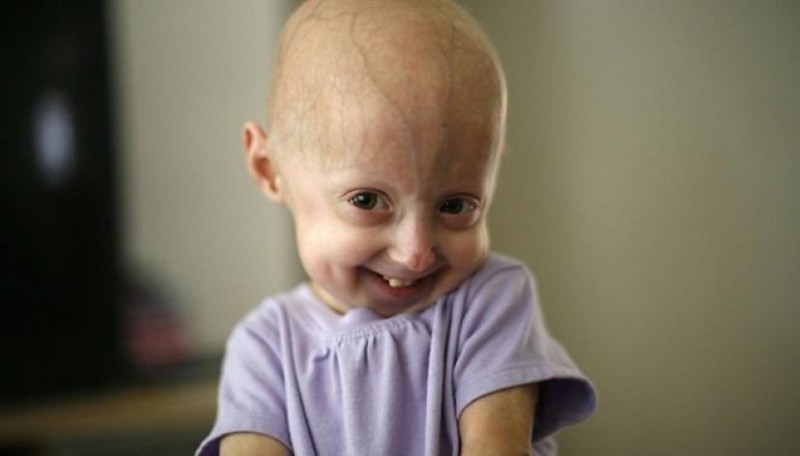
In the realm of genetics, the human genome is a treasure trove of information that shapes our physical and biological makeup. While most of the genes encode for traits and characteristics we are familiar with, there exists a lesser-known category – rare genetic disorders. These disorders are enigmatic, often affecting only a handful of individuals worldwide. In this article, we will delve into the intriguing world of rare genetic disorders, focusing on three captivating conditions: Hutchinson-Gilford Progeria Syndrome, Fibrodysplasia Ossificans Progressiva, and Cockayne Syndrome. Let's embark on a journey of understanding, shedding light on these unique and perplexing disorders.
Hutchinson-Gilford Progeria Syndrome: The Premature Aging Enigma
Unraveling the Genetics
Hutchinson-Gilford Progeria Syndrome (HGPS), commonly known as progeria, is a genetic disorder that accelerates the aging process in children. This disorder is caused by a mutation in the LMNA gene, resulting in the production of an abnormal protein called progerin. Progerin's presence disrupts the normal functioning of cells and leads to premature aging.
The Impact on Individuals
Children with HGPS experience symptoms commonly associated with old age, such as fragile bones, joint stiffness, and cardiovascular complications. Despite their advanced aging, their intellectual development remains unaffected. Understanding the underlying genetics of HGPS has paved the way for potential therapeutic interventions.
Fibrodysplasia Ossificans Progressiva: When Muscles Turn to Bone
A Genetic Anomaly
Fibrodysplasia Ossificans Progressiva (FOP) is a rare genetic disorder characterized by the abnormal growth of soft tissues into bone, a process known as heterotopic ossification. This condition is caused by a mutation in the ACVR1 gene, affecting the body's ability to regulate bone and muscle formation.
The Petrifying Transformation
Individuals with FOP experience progressive restriction of movement as muscles and connective tissues gradually transform into bone. This metamorphosis can lead to severe mobility challenges and significantly impact the individual's quality of life. Researchers are tirelessly working to unveil the mechanisms behind FOP to develop targeted therapies.
Cockayne Syndrome: Navigating the DNA Repair Conundrum
DNA Repair Deficiency
Cockayne Syndrome is a genetic disorder characterized by impaired DNA repair mechanisms. Mutations in the ERCC8 or ERCC6 genes disrupt the body's ability to fix DNA damage, leading to a variety of symptoms.
Unveiling the Symptoms
Children with Cockayne Syndrome often exhibit growth failure, developmental delays, photosensitivity, and neurological abnormalities. The inability to repair DNA damage makes them more susceptible to the effects of ultraviolet (UV) radiation and other environmental factors.
In the intricate world of genetics, rare genetic disorders stand as unique puzzles, offering insights into the complexities of human biology. Hutchinson-Gilford Progeria Syndrome, Fibrodysplasia Ossificans Progressiva, and Cockayne Syndrome are just a few examples of these enigmatic conditions that challenge our understanding of the human body's inner workings. As researchers continue to delve into the genetics and mechanisms behind these disorders, hope for effective treatments and interventions shines brightly on the horizon.
Understanding Hypocalcemia: Causes, Symptoms, and Treatment Options